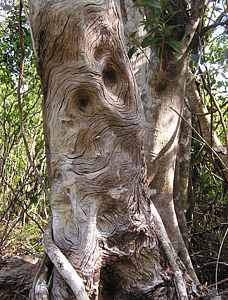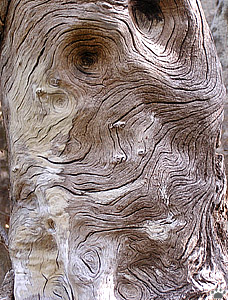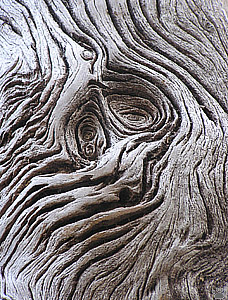
Florida coralbean (Erythrina herbacea), Everglades National Park. |
Florida, part 3: Trees
Trees are one of the few groups that are more diverse in southern Florida than up north. Over 200 native species grow here. Visitors from other states usually expect to see a lot of palms - and there's plenty of those, too, although less than half of Florida's 27 palm species aren't introduced.
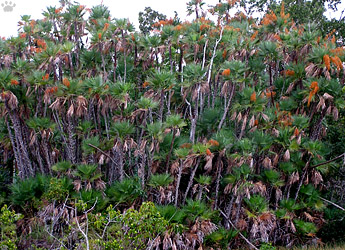
Paurotis palm (Acoelorraphe wrightii), ENP. |
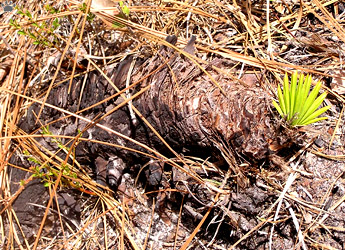
Scrub palmetto (Sabal eutonia) growing back after a wildfire, ENP. |
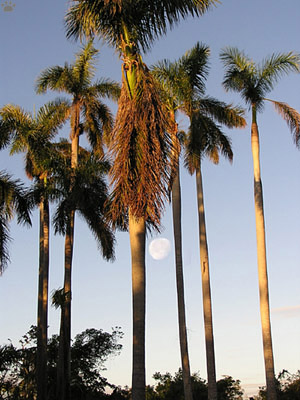
Florida royal palms (Roystonea regia), Matheson Hammock State Park. |
Native palms range in size from creeping shrubs, such as dwarf palmetto (Sabal minor) of pine flatwoods, to the beautiful royal palm, up to 30 m (100') tall. Some have small natural ranges in southern Florida and are endangered in the wild. |
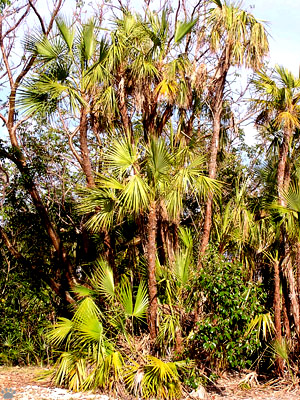
Paurotis palm, ENP. |
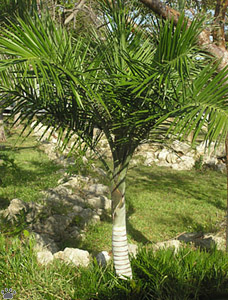
Sargent's cherry palm (Pseudophoenix sargentii) is
extremely rare in the wild. Biscayne National Park. |

Florida thatch palm (Trinax radiata) in a pine forest,
Fakahatchee Strand Preserve State Park. |

Florida silver palm (Pseudophoenix sargentii)
in a pine forest, Lucky Hammock. |

Geiger tree (Cordia sebestena), Lingumvitae Key Botanical State Park. |
One of rare species of the Keys is Geiger tree, named after a Key West resident who happened to have the type specimen in his yard. Possibly introduced, it is the only host species of beautiful Geiger tree beetle (Physonota calochroma). |
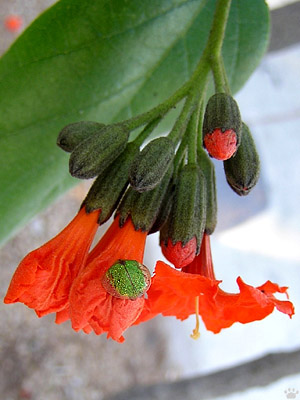
Geiger tree and Geiger tree beetle, LKBSP. |
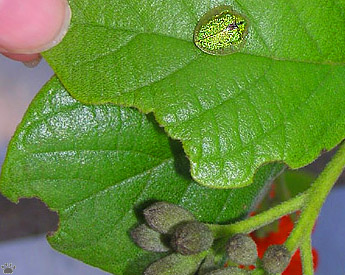 |
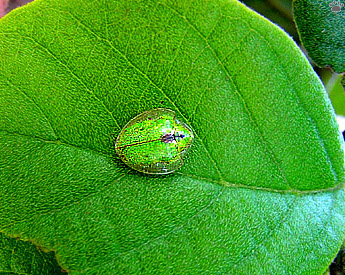 |
| Geiger tree beetles, Key West. |
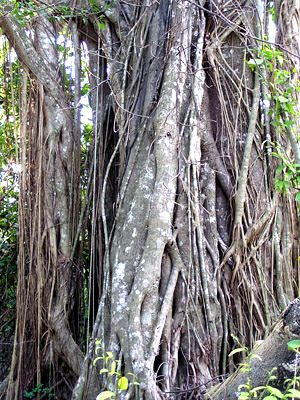
Florida strangler fig (Ficus aurea), ENP. |
Most of south Florida's trees are of tropical origin, and grow in hammocks. These small islands of dry forest have more tree species per square mile than any other place in North America. Each has a slightly different collection of trees. |

Everglades strangler fig (F. citrifolia), ENP. |

Gumbo limbo (Bursera simaruba), MHSP. |
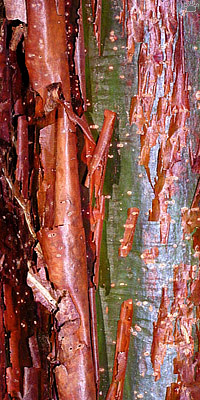
Bark of gumbo limbo tree, Collier-Seminole
State Park. |
Hammock trees include such beautiful West Indian species as gumbo limbo and coralbean.

Florida coralbean (Erythrina herbacea), ENP.
Some are less charming: sap of poisonwood causes severe skin burns in many people. |
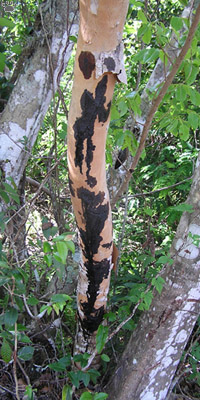
Poisonwood (Metopium toxiferum)
with oozing sap, ENP. |

Bark of willow bustic (Dipholis salicifolia), MHSP. |
Many hammock trees such as bustics and stoppers are very aromatic. Walking through the forest after rain is a wonderful olfactory experience, even though the smells of some species are not particularly pleasant. |

Willow bustic with Florida tree snail (Liguus fasciatus), ENP. |
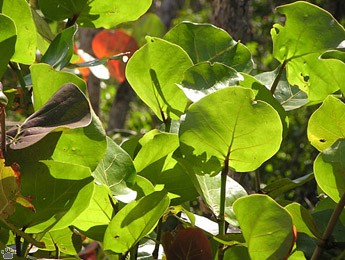 |
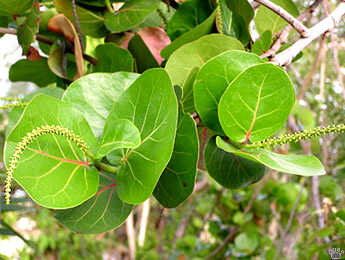 |
| Sea grape (Coccoloba uvifera) is a common tree of sandy seashores of the Neotropics, including southern Florida. |
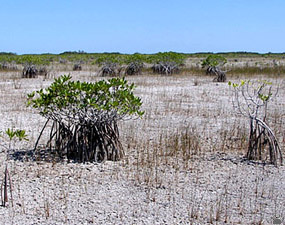
Young red mangroves (Rhizophora mangle), ENP. |
There are three species of mangroves in Florida. Red mangroves usually grow at the ocean side of mangrove forests, white mangroves - at the inland side. |
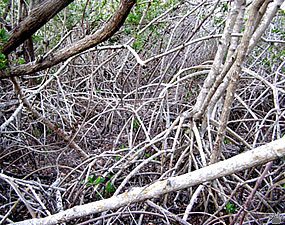
Dense forest of red mangroves, ENP. |
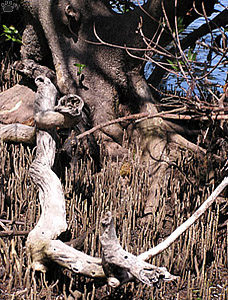
Black mangroves (Avicennia germinans) are usually
surrounded by pneumatophores (breathing roots). ENP. |

Red mangroves are also easy to recognize by their
roots. Key Larho Hammocks State Botanical Site. |
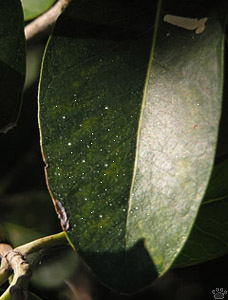
White mangroves (Laguncularia racemosa) can
excrete salt through their leaves. MHSP |
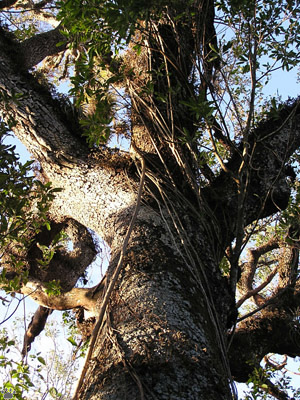
Southern live oak (Quercus virginiana), MHSP. |
Southern live oak is common throughout the South, from tropical hammock of the Keys to hardwood forests of Appalachian foothills. This majestic tree can withstand hurricanes and being completely overgrown with epiphytes. |

Flowers of southern live oak, Highland Hammock State Park. |
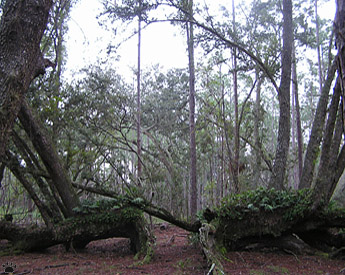
This live oak has been split in two by lighting, but still managed to survive.
Split Oak State Park. |
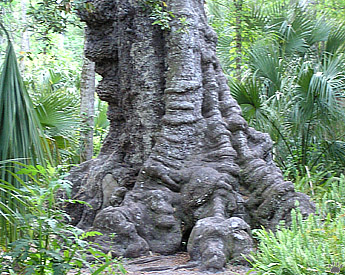
This live oak is 3 m (10') in diameter, 30 m/100' tall, and estimated to be
1100 years old. HHSP. |
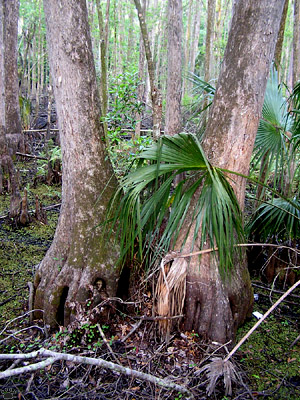
Bald cypress (Taxodium distichum), HHSP. |
Huge areas of southern and western Florida have once been covered with forests of bald cypress. Very few oldgrowth cypress forests remain today. This ancient tree exists in three distinct varieties, and dominates freshwater floodpains. |
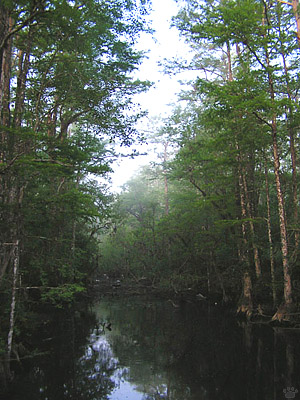
Forest of bald cypress, Big Cypress National Preserve. |
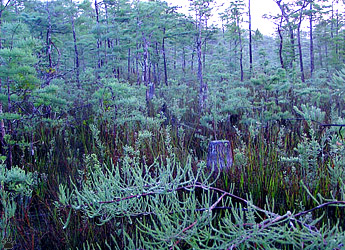
Spring rain in bald cypress forest, BCNP. |

Young bald cypress leaves. FSPSP. |

Bark and leaves of bald cypress, FSPSP. |
Bald cypress sheds its leaves in late fall, and grows new ones in early spring.

Female cone of bald cypress, FSPSP.
That makes cypress forests the only places in southern Florida with true spring colors. |
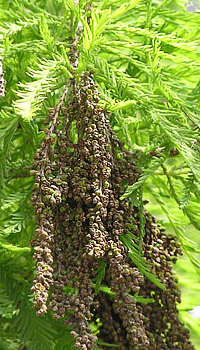
Male cones of bald cypress, FSPSP. |

Winter in bald cypress forest, HHSP. |
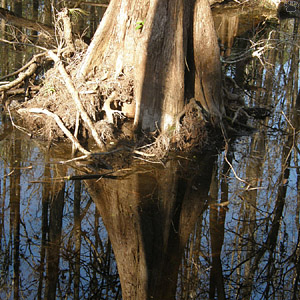
Bald cypress, HHSP. |
In winter, forests of bals cypress are naked, but still beautiful. Water levels drop, making it difficult to explore them by boat, but it's not very easy to walk through, either. |
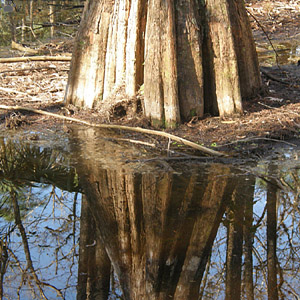
Bald cypress, HHSP. |

Sweetbay magnolia (Magnolia virginiana), FSPSP. |

Pond-apple (Annona glabra), ENP. |
Other interesting semi- aquatic trees of the Everglades are sweetbay magnolia, pond-apple and buttonbush. They have beautiful flowers in early spring. |
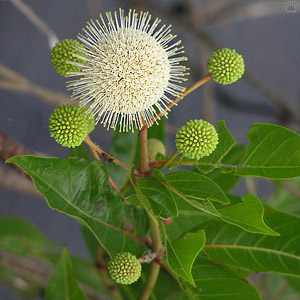
Buttonbush (Cephalanthus occidentalis), ENP. |
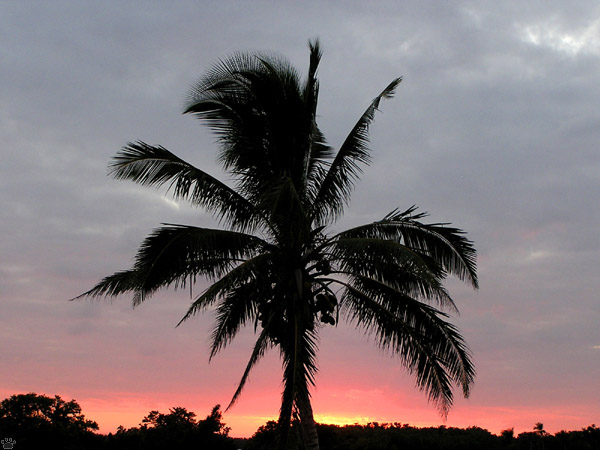
Introduced coconut palm (Cocos nucifera), ENP. |
Part 4. Pines, shrubs and vines
Back to Part 2
Home
|


















